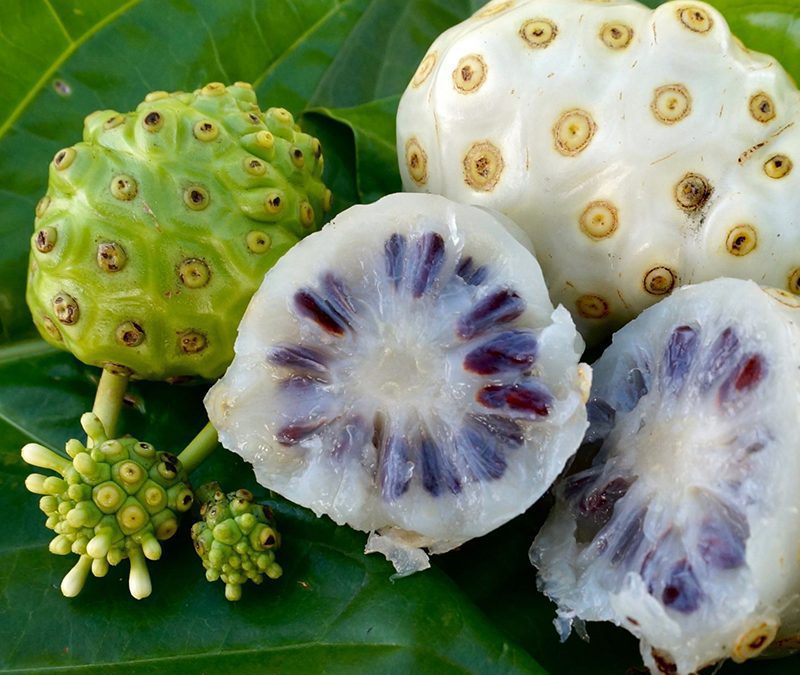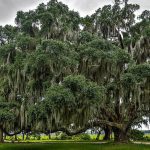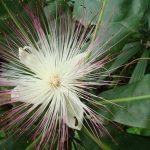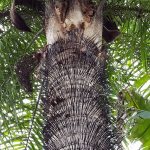
Nov 24, 2022
Moringa is the sole genus in the plant family Moringaceae. It contains 13 species from tropical and subtropical regions of Africa and Asia that range in size from tiny herbs to massive trees. Moringa species grow quickly in many types of environments.
The genus name is derived from murungai, the Tamil word for drumstick,[citation needed] and in India the plant[which?] is commonly referred to as the drumstick tree.[4]
The most widely cultivated species is Moringa oleifera, native to the foothill of the Himalayas in northwestern India,[5] a multipurpose tree cultivated throughout the tropics and marketed as a dietary supplement, health food or source for herbalism practices.[6] The fruit pods of Moringa oleifera (“drumsticks”) are increasingly consumed as food in many parts of the world, but particularly in South Asia.[7] The leaves are commonly used to make tea. Oils are made from the seeds, while powders can be made from the leaves and roots.

Nov 24, 2022
Morinda citrifolia is a fruit-bearing tree in the coffee family, Rubiaceae. Its native range extends across Southeast Asia and Australasia, and was spread across the Pacific by Polynesian sailors.[1] The species is now cultivated throughout the tropics and widely naturalized.[2] Among some 100 names for the fruit across different regions are the more common English names of great morinda, Indian mulberry, noni, beach mulberry, vomit fruit and cheese fruit.[3]
The fresh fruit’s strong, vomit-like odor has made it a famine food in most regions, but it remains a staple food among some cultures, and has been used in traditional medicine. In the consumer market, it has been introduced as a supplement in various formats, such as capsules, skin products, and juices.

Nov 24, 2022
Green beans are young, unripe fruits of various cultivars of the common bean (Phaseolus vulgaris),[1][2] although immature or young pods of the runner bean (Phaseolus coccineus), yardlong bean (Vigna unguiculata subsp. sesquipedalis), and hyacinth bean (Lablab purpureus) are used in a similar way.[3] Green beans are known by many common names, including French beans (or the French: haricot vert),[4] string beans (although most modern varieties are “stringless”),[4] and snap beans[4] or simply snaps.[5][6] In the Philippines, they are also known as Baguio beans or habichuelas, to distinguish them from yardlong beans.[7]
They are distinguished from the many other varieties of beans in that green beans are harvested and consumed with their enclosing pods, before the bean seeds inside have fully matured. An analogous practice is the harvest and consumption of unripened pea pods, as is done with snow peas or sugar snap peas.

Nov 24, 2022
Not to be confused with the grass genus Sanguinaria, now divided between Digitaria and Paspalum.
Sanguinaria canadensis, bloodroot,[1] is a perennial, herbaceous flowering plant native to eastern North America.[2] It is the only species in the genus Sanguinaria, included in the poppy family Papaveraceae, and is most closely related to Eomecon of eastern Asia.
Sanguinaria canadensis is sometimes known as Canada puccoon,[3] bloodwort, redroot, red puccoon, and black paste.[2] Plants are variable in leaf and flower shape, and have been separated as a different subspecies due to these variable shapes, indicating a highly variable species.
In bloodroot, the juice is red and poisonous.[2][4] Products made from sanguinaria extracts, such as black salve, are escharotic and can cause permanent disfiguring scarring.[2] Although preliminary studies have suggested that sanguinaria may have potential applications in cancer therapy, clinical studies are lacking, and its use is not recommended.[2]

Nov 24, 2022
Petiveria is a genus of flowering plants in the pigeonberry family, Petiveriaceae. The sole species it contains, Petiveria alliacea,[3] is native to Florida and the lower Rio Grande Valley of Texas in the United States,[4] Mexico, Central America, the Caribbean, and tropical South America.[2]Introduced populations occur in Benin and Nigeria.[5] It is a deeply rooted herbaceousperennialshrub growing up to 1 m (3.3 ft) in height and has small greenish piccate flowers. The roots and leaves have a strong acrid, garlic-like odor which taints the milk and meat of animals that graze on it.[6]










